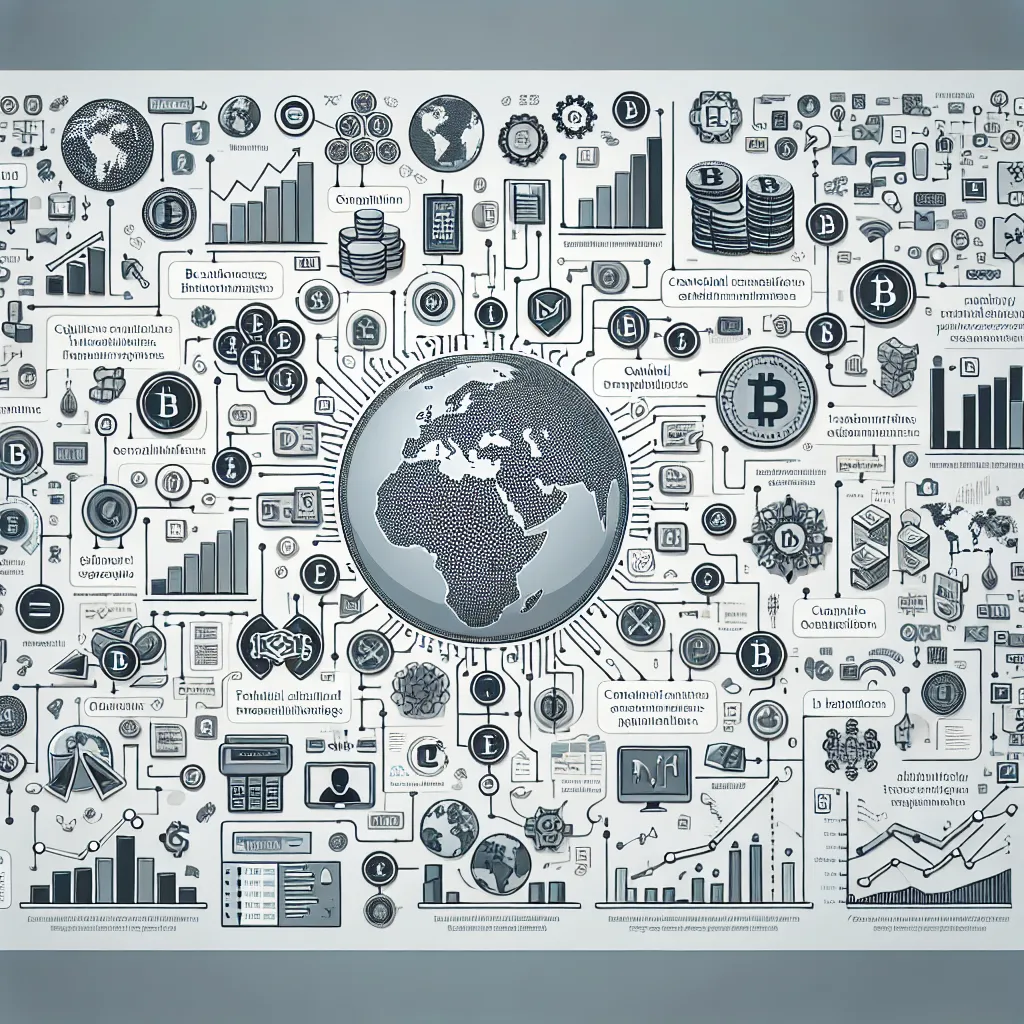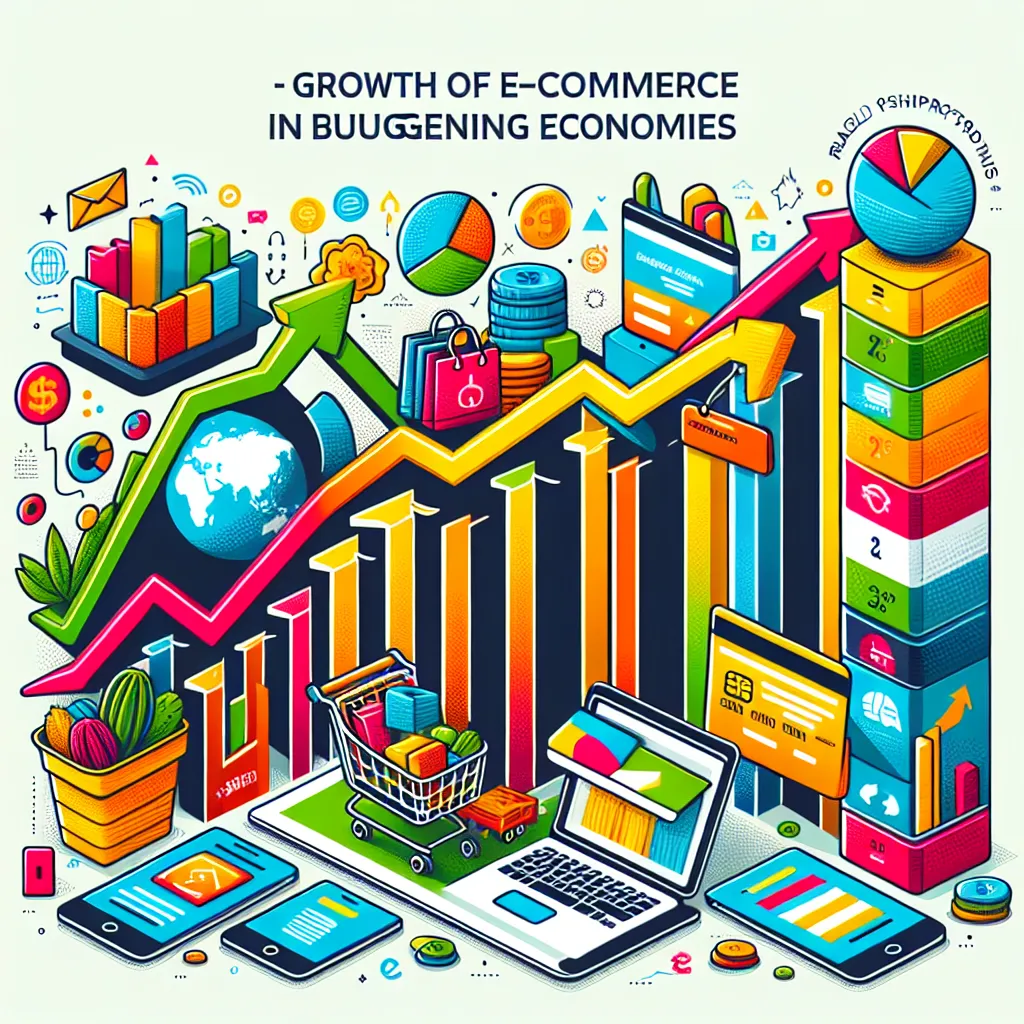Welcome to our IELTS Reading practice test focusing on the topic “How Online Education is Reshaping Traditional Learning.” This comprehensive test will help you prepare for the IELTS Reading section by providing realistic passages and questions that mirror the actual exam. Let’s dive in and explore how digital learning is transforming education!
Table Of Contents
- Passage 1 – Easy Text
- The Rise of Online Education
- Questions 1-7
- Questions 8-13
- Passage 2 – Medium Text
- The Impact of Online Education on Traditional Learning Models
- Questions 14-19
- Questions 20-26
- Passage 3 – Hard Text
- The Pedagogical Implications of Online Education: A Paradigm Shift in Teaching and Learning
- Questions 27-32
- Questions 33-37
- Questions 38-40
- Answer Key
- Passage 1
- Passage 2
- Passage 3
 Digital learning transformation
Digital learning transformation
Passage 1 – Easy Text
The Rise of Online Education
Online education has experienced a meteoric rise in recent years, fundamentally altering the landscape of traditional learning. This digital revolution in education has been driven by advancements in technology, changing student demographics, and the need for more flexible learning options. As a result, institutions worldwide are adapting their teaching methods to incorporate online elements, creating a hybrid learning environment that combines the best of both worlds.
One of the primary advantages of online education is its accessibility. Students can now access course materials, lectures, and resources from anywhere with an internet connection, breaking down geographical barriers and opening up educational opportunities to a wider audience. This democratization of education has allowed individuals who may have previously been unable to attend traditional brick-and-mortar institutions due to work commitments, family responsibilities, or physical limitations to pursue their academic goals.
Moreover, online education offers a level of flexibility that traditional classroom-based learning often cannot match. Students can often work at their own pace, reviewing materials as needed and progressing through courses on a schedule that suits their individual needs. This self-paced learning approach has proven particularly beneficial for adult learners and those juggling multiple responsibilities.
The integration of technology in online education has also led to innovative teaching methods and enhanced learning experiences. Interactive simulations, virtual laboratories, and collaborative online platforms are just a few examples of how digital tools are being used to engage students and facilitate deeper understanding of complex concepts. These technological advancements have the potential to make learning more immersive, interactive, and effective than ever before.
However, the shift towards online education is not without its challenges. Issues such as digital literacy, access to reliable internet connections, and the need for self-motivation and discipline can present barriers to some learners. Additionally, the lack of face-to-face interaction and the potential for reduced social engagement have raised concerns about the impact of online learning on students’ social development and networking opportunities.
As online education continues to evolve, it is clear that it will play an increasingly significant role in shaping the future of learning. While it may not completely replace traditional classroom-based education, the blended learning approach that combines online and in-person elements is likely to become the new norm in educational institutions around the world.
Questions 1-7
Do the following statements agree with the information given in the reading passage?
Write:
TRUE if the statement agrees with the information
FALSE if the statement contradicts the information
NOT GIVEN if there is no information on this
- Online education has become more popular in recent years.
- Traditional learning methods are no longer used in any educational institutions.
- Online education allows students to access course materials from any location with internet access.
- All students prefer online education to traditional classroom-based learning.
- Virtual laboratories and interactive simulations are examples of technology used in online education.
- Online education completely solves all problems related to access to education.
- A blended learning approach, combining online and in-person elements, is likely to become common in the future.
Questions 8-13
Complete the sentences below.
Choose NO MORE THAN TWO WORDS from the passage for each answer.
- The rise of online education has been partly driven by advancements in ____ and changing student demographics.
- Online education has led to a ____ of education by providing opportunities to a wider audience.
- The ____ learning approach of online education is particularly beneficial for adult learners.
- ____ is an example of a digital tool used to engage students in online learning.
- One challenge of online education is the need for students to have good ____ skills.
- The lack of ____ interaction in online learning has raised concerns about students’ social development.
Passage 2 – Medium Text
The Impact of Online Education on Traditional Learning Models
The advent of online education has precipitated a paradigm shift in the way we perceive and approach learning. This digital transformation is not merely a technological upgrade but a fundamental reimagining of educational methodologies and structures. As online platforms continue to proliferate and evolve, they are challenging long-held assumptions about the nature of education and forcing traditional institutions to adapt or risk obsolescence.
One of the most significant impacts of online education has been the decentralization of knowledge. In the past, educational institutions were the primary gatekeepers of information, with libraries and faculty serving as the main conduits for learning. However, the internet has democratized access to information, allowing learners to tap into a vast array of resources beyond the confines of their local institutions. This shift has necessitated a reevaluation of the role of educators, transforming them from mere disseminators of information to facilitators and guides in the learning process.
The asynchronous nature of many online learning models has also revolutionized the concept of the classroom. Traditional education is bound by the constraints of time and space, requiring students and teachers to be physically present in the same location at predetermined times. Online education, however, allows for greater flexibility, enabling students to engage with course materials and participate in discussions at times that suit their individual schedules. This flexibility has made education more accessible to non-traditional students, including working professionals and those with family responsibilities.
Furthermore, online education has catalyzed the development of new pedagogical approaches. The flipped classroom model, for instance, leverages online resources to deliver instructional content outside of class time, freeing up face-to-face sessions for more interactive and collaborative activities. This approach not only maximizes the value of in-person interactions but also promotes active learning and critical thinking skills.
The integration of adaptive learning technologies in online education platforms represents another significant advancement. These systems use artificial intelligence to analyze student performance and tailor content delivery to individual learning styles and needs. This personalized approach stands in stark contrast to the one-size-fits-all model often employed in traditional classroom settings.
However, the rise of online education has also exposed and exacerbated existing inequalities in the education system. The digital divide – the gap between those who have access to technology and the internet and those who do not – has become a critical issue in educational equity. As more educational resources and opportunities move online, there is a risk of further marginalizing already disadvantaged groups.
Moreover, the shift to online learning has raised concerns about the quality and rigor of digital education. Critics argue that the lack of face-to-face interaction and immediate feedback can lead to a less engaging and effective learning experience. There are also concerns about academic integrity in online assessments and the potential for increased cheating.
Despite these challenges, the trajectory of online education suggests that it will continue to play an increasingly important role in the future of learning. As technology advances and pedagogical methods evolve, we can expect to see a continued blurring of the lines between online and traditional education. The most successful educational models of the future are likely to be those that effectively integrate the strengths of both approaches, creating a hybrid system that is both flexible and rigorous, accessible and engaging.
Questions 14-19
Choose the correct letter, A, B, C, or D.
-
According to the passage, the impact of online education on traditional learning models is:
A) Minimal and temporary
B) Significant and transformative
C) Limited to technological upgrades
D) Entirely negative -
The role of educators in online education has shifted towards:
A) Becoming obsolete
B) Focusing solely on content creation
C) Acting as facilitators and guides
D) Maintaining strict control over information -
The asynchronous nature of online learning:
A) Requires students to be present at specific times
B) Reduces flexibility for students
C) Allows for greater scheduling flexibility
D) Is identical to traditional classroom scheduling -
The flipped classroom model:
A) Eliminates the need for face-to-face interaction
B) Uses online resources to deliver content outside of class time
C) Reduces the importance of critical thinking skills
D) Is incompatible with online education -
Adaptive learning technologies in online education:
A) Use a one-size-fits-all approach
B) Do not consider individual learning styles
C) Are not as effective as traditional methods
D) Personalize content delivery based on student performance -
The digital divide in education:
A) Has been completely eliminated by online education
B) Only affects developed countries
C) Is a potential source of increased educational inequality
D) Is not a concern for online education providers
Questions 20-26
Complete the summary below.
Choose NO MORE THAN TWO WORDS from the passage for each answer.
Online education has led to a (20) ____ of knowledge, challenging traditional institutions to adapt. The (21) ____ nature of online learning has revolutionized the concept of the classroom, offering greater flexibility. New pedagogical approaches like the (22) ____ model have emerged, promoting active learning. (23) ____ technologies personalize content delivery based on individual needs. However, the (24) ____ remains a critical issue in educational equity. Concerns about the (25) ____ of online education persist, including potential problems with academic integrity. Despite challenges, online education is expected to play an increasingly important role in the future, likely resulting in a (26) ____ system that combines the strengths of both online and traditional approaches.
Passage 3 – Hard Text
The Pedagogical Implications of Online Education: A Paradigm Shift in Teaching and Learning
The proliferation of online education has engendered a profound transformation in pedagogical approaches, necessitating a reevaluation of traditional teaching methodologies and learning theories. This digital revolution in education has not only altered the modes of content delivery but has also fundamentally reshaped the dynamics of student-teacher interactions and the very nature of knowledge acquisition and retention.
One of the most significant pedagogical implications of online education is the shift towards constructivist learning theories. In contrast to the transmissionist model often associated with traditional classroom settings, online platforms facilitate a more student-centered approach where learners actively construct knowledge through interaction with content, peers, and instructors. This paradigm shift aligns with contemporary understanding of cognitive processes and has the potential to foster deeper, more meaningful learning experiences.
The asynchronous nature of many online learning environments has necessitated a reconceptualization of instructional design. Educators must now craft learning experiences that are not bound by the temporal and spatial constraints of traditional classrooms. This has led to the development of modular course structures and micro-learning approaches, which break content into smaller, more digestible units. Such structures not only accommodate diverse learning paces but also align with research on attention spans and cognitive load theory.
Moreover, the integration of multimedia elements and interactive technologies in online education has expanded the repertoire of instructional strategies available to educators. Virtual simulations, gamification, and augmented reality applications offer immersive learning experiences that can enhance engagement and facilitate the acquisition of complex skills. These tools enable the creation of authentic learning contexts that bridge the gap between theoretical knowledge and practical application.
The advent of learning analytics and big data in online education has also revolutionized assessment practices. Continuous, formative assessment models have become more prevalent, allowing for real-time tracking of student progress and the implementation of adaptive learning paths. This data-driven approach enables educators to identify and address learning gaps more efficiently, potentially leading to improved learning outcomes.
However, the transition to online education is not without its challenges from a pedagogical perspective. The absence of non-verbal cues and immediate feedback in asynchronous online environments can hinder the development of certain social and communicative skills. This has led to increased emphasis on the design of collaborative activities and the integration of synchronous elements to foster a sense of community and facilitate peer-to-peer learning.
Furthermore, the digital literacy divide among both students and educators presents a significant barrier to the effective implementation of online learning strategies. Institutions must invest in comprehensive training programs to ensure that all participants have the necessary skills to navigate and leverage digital learning environments effectively.
The shift towards online education has also necessitated a reevaluation of academic integrity practices. Traditional assessment methods may be less effective or appropriate in online settings, leading to the development of new approaches such as authentic assessment, project-based evaluations, and the use of proctoring technologies. However, these solutions often raise their own ethical and privacy concerns, highlighting the complex interplay between technology and pedagogy in the digital age.
As online education continues to evolve, it is likely that we will see further hybridization of learning models. The blended learning approach, which combines the strengths of both online and face-to-face instruction, is gaining traction as a potential “best of both worlds” solution. This model allows for the flexibility and personalization afforded by online learning while retaining the benefits of in-person interaction and immediate feedback.
In conclusion, the pedagogical implications of online education are far-reaching and multifaceted. While it presents numerous opportunities for innovation and improvement in teaching and learning practices, it also poses significant challenges that must be addressed. As we navigate this digital transformation in education, it is crucial that pedagogical considerations remain at the forefront, ensuring that technological advancements serve to enhance, rather than compromise, the quality and efficacy of education.
Questions 27-32
Complete the sentences below.
Choose NO MORE THAN THREE WORDS from the passage for each answer.
- Online education has shifted towards ____ learning theories, which are more student-centered.
- The ____ of online learning environments has led to the development of modular course structures.
- ____ and ____ in online education offer immersive learning experiences.
- ____ in online education has revolutionized assessment practices, allowing for real-time tracking of student progress.
- The absence of ____ in asynchronous online environments can hinder the development of certain skills.
- The ____ among students and educators presents a significant barrier to effective online learning.
Questions 33-37
Do the following statements agree with the claims of the writer in the reading passage?
Write:
YES if the statement agrees with the claims of the writer
NO if the statement contradicts the claims of the writer
NOT GIVEN if it is impossible to say what the writer thinks about this
- Online education always provides a more effective learning experience than traditional classroom settings.
- Micro-learning approaches in online education align with research on attention spans.
- Learning analytics enable educators to identify and address learning gaps more efficiently.
- The blended learning approach is universally accepted as the best solution for education.
- Pedagogical considerations should be prioritized over technological advancements in online education.
Questions 38-40
Choose the correct letter, A, B, C, or D.
-
According to the passage, which of the following is a challenge in online education from a pedagogical perspective?
A) The ease of providing immediate feedback
B) The abundance of non-verbal cues
C) The difficulty in developing certain social skills
D) The simplicity of assessment methods -
The passage suggests that academic integrity in online education:
A) Is no longer a concern
B) Requires new approaches and technologies
C) Can be entirely solved with proctoring technologies
D) Is identical to traditional education settings -
The author’s conclusion about the pedagogical implications of online education is that:
A) They are insignificant and can be ignored
B) They pose challenges but also offer opportunities for innovation
C) They have only negative impacts on education
D) They are fully understood and easily implemented
Answer Key
Passage 1
- TRUE
- FALSE
- TRUE
- NOT GIVEN
- TRUE
- FALSE
- TRUE
- technology
- democratization
- self-paced
- Interactive simulations
- digital literacy
- face-to-face
Passage 2
- B
- C
- C
- B
- D
- C
- decentralization
- asynchronous
- flipped classroom
- Adaptive learning
- digital divide
- quality
- hybrid
Passage 3
- constructivist
- asynchronous nature
- Virtual simulations, gamification
- Learning analytics
- non-verbal cues
- digital literacy divide
- NO
- YES
- YES
- NOT GIVEN
- YES
- C
- B
- B
This comprehensive IELTS Reading practice test on “How Online Education is Reshaping Traditional Learning” covers various aspects of the topic, from the rise of online education to its pedagogical implications. By practicing with this test, you’ll improve your reading skills and familiarize yourself with the types of questions you might encounter in the actual IELTS exam. Remember to time yourself and review your answers carefully to maximize your learning experience.
For more IELTS practice and tips, check out our other resources:
- The Rise of Online Learning in Higher Education
- The Rise of AI in Education
- The Impact of E-Learning on Traditional Education Systems
Good luck with your IELTS preparation!


